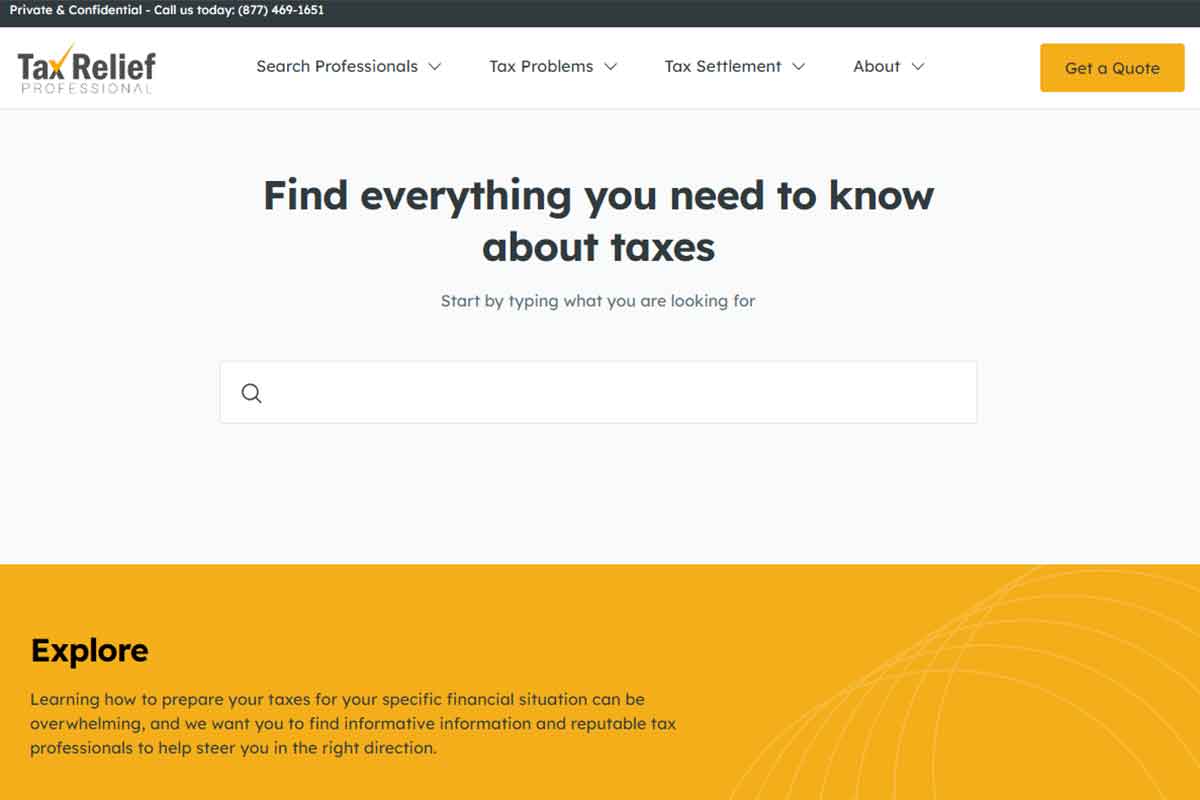What Is IRS Form 1040-ES (And Should You File One?)


written by Clinton F Wassor

reviewed by Claudia Grant
Do you know what IRS Form 1040-ES is? Well, you may need to be filing it. Keep reading as we explain everything you need to know about IRS Form 1040-ES.
Income tax is an inescapable reality for almost everyone. If you’re an employee, you probably have federal taxes withheld from your regular paychecks.
If you’re self-employed, it’s not quite as simple. You may need to make quarterly tax payments toward the taxes you expect to owe the IRS. Failing to do so could leave you paying a penalty for underpayment.
Form 1040-ES helps you calculate and pay estimated tax payments. You can complete and file this IRS form quarterly for the year.
If you’re curious about Form 1040-ES and wondering if you should file one, we can help.
Here’s everything you need to know about IRS Form 1040-ES.
Who Pays Estimated Tax?
Not all forms of income are set up for taxes to be deducted at the source. Freelancers and independent contractors, for example, don’t have taxes deducted from their earnings.
Earnings you receive from taxable unemployment compensation, dividends and rent, interest, and retirement benefits are types of income that aren’t taxed at the source. If you receive income that’s not taxed at the source, you should pay an estimated tax.
Self-employment income often requires quarterly estimated tax payments. Self-employed individuals pay income taxes as well as SE taxes, the equivalent of Social Security and Medicare taxes normally paid by an employer through withholdings.
Other forms of significant income may require you to make estimated tax payments. These include:
- Rental income
- Investment income
- Gambling winnings
- Selling a business
- Prizes
Investment and rental income are more likely to be regular earnings. A single large payment from gambling or winning a prize may also require a substantial one-time estimated tax payment.
Estimated Taxes
Estimated tax payments are based on estimated earnings for the current year. Since it’s only an estimation, it’s possible to underestimate the amount. This can result in underpayment and a penalty.
You can use your previous year’s tax return as a guide. This can help you avoid a penalty. If you’ve paid 100% of the previous year’s taxes, you aren’t subject to a penalty.
If you should overpay, you could receive an end-of-year tax refund. It’s best to pay quarterly taxes in a timely fashion.
You could be subject to a penalty for any quarter your taxes were late. This is true even if you overpaid your total tax for the year.
Calculating Estimated Taxes
The calculation for estimated taxes is based on an estimation of your current income. For help, start with the previous year’s tax return.
Look at your taxable income, paid taxes, and any credits or deductions from last year’s taxes. Compare all of this to the current year’s numbers.
The 1040-ES package comes with worksheets for calculating the differences between the previous year’s and the current year’s income. This helps you calculate any taxes you owe.
Who Files 1040-ES?
If you’re trying to determine if you should file 1040-ES, consider this calculation. Take the tax amount you paid last year. Calculate 90% of the estimated tax you think you will owe for the current year.
Compare the two. Take the smaller amount and compare any withholdings or credits you have to this number. For example, if you paid $500 last year and estimate you will owe $1000 this year, 90% of this is $900. The smaller of the two is $500.
If you estimate you will owe at least $1,000 after any deductions and credits and your credits and withholding are expected to be lower than the calculated number, you should file IRS Form 1040-ES.
Exceptions to Filing
If you didn’t have a tax liability the previous year, you were a U.S. citizen or resident for the entire year, and your previous tax year covered a period of 12 months, you don’t need to file a 1040-ES.
When to File 1040-ES
Estimated tax payments are due quarterly. For calendar year taxpayers, the due dates is the 15th of April, June, and September of the current year. Payment is due January 15th of the following year or the next business day if the due date is on a weekend or holiday.
If you work on a fiscal year calendar, the due dates are spread throughout the fiscal year. Estimated tax payments are due on the 15th of the fourth, sixth, and ninth months of the fiscal calendar. They are also due on the 15th of the first month of the following fiscal year.
Making Estimated Payments
You can make payments weekly, biweekly, or on whatever schedule works best for you. As long as you pay the required amount for that period, you can avoid a penalty.
You can estimate your tax liability for the entire year and pay the estimated tax amount in a lump sum by April 15th of the current year. You can make monthly payments or other transactions online.
You don’t need to file Form 1040-ES if you make your estimated tax payments online. If you have income subject to withholding, you’re required to make estimated payments whether you choose to file form 1040-ES or pay online.
Form 1040-ES and Estimated Income Tax
If you’re self-employed, a freelancer, or an independent contractor, filing Form 1040-ES and paying estimated income tax in a timely manner can help you avoid facing a tax penalty.
If your tax debt has gotten out of hand or you’re feeling overwhelmed, there is help. The IRS provides options for taxpayers who need to resolve their debt. Options include reducing and, in some cases, even eliminating tax debt.
Settling your tax debt for less than you owe may be an option for you. Tax Relief Professional can assess your situation and help find a possible solution.
Contact us today to learn more.









